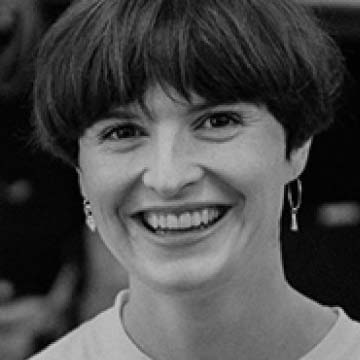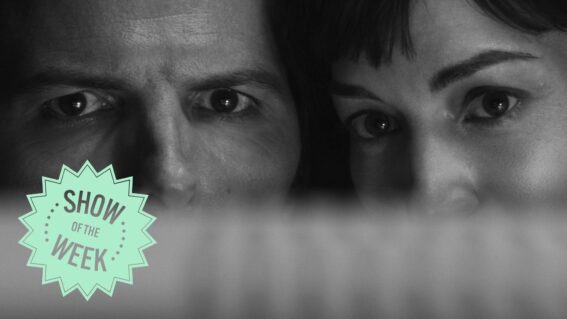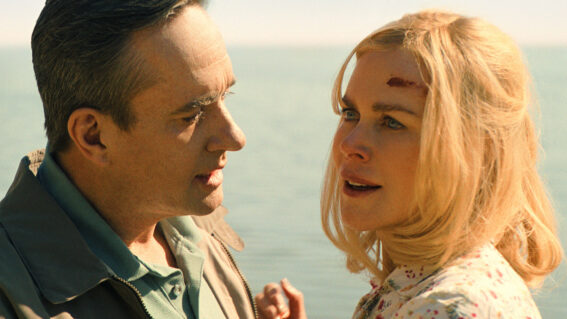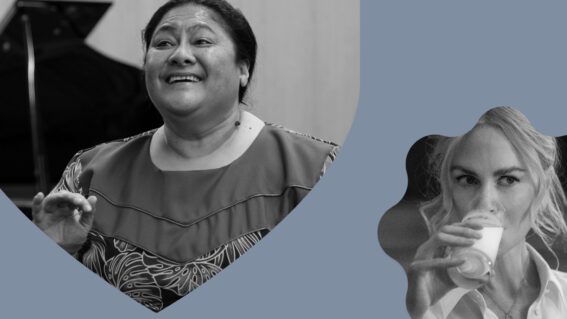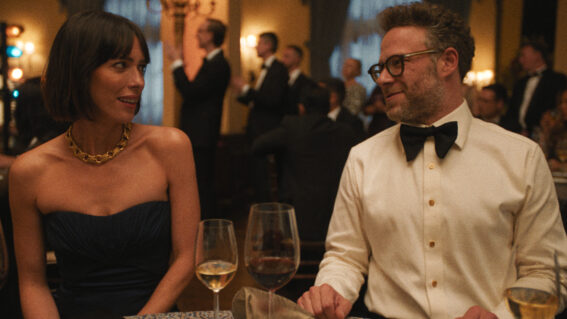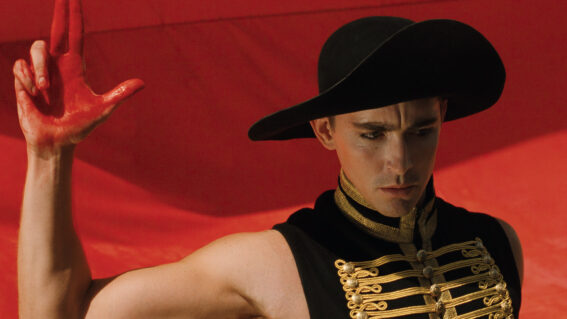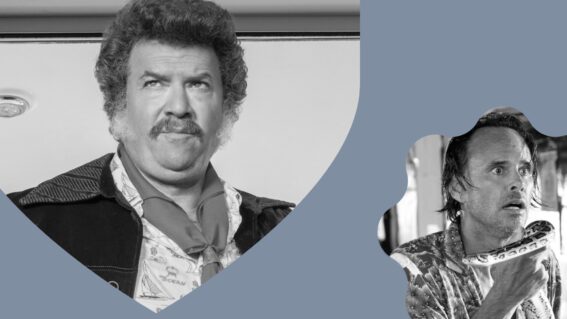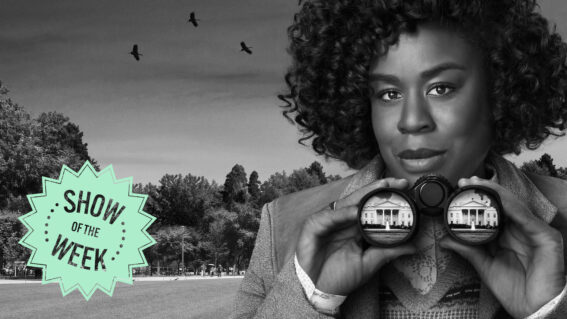Thirty years on, The Piano remains as fascinating and unsettling as ever
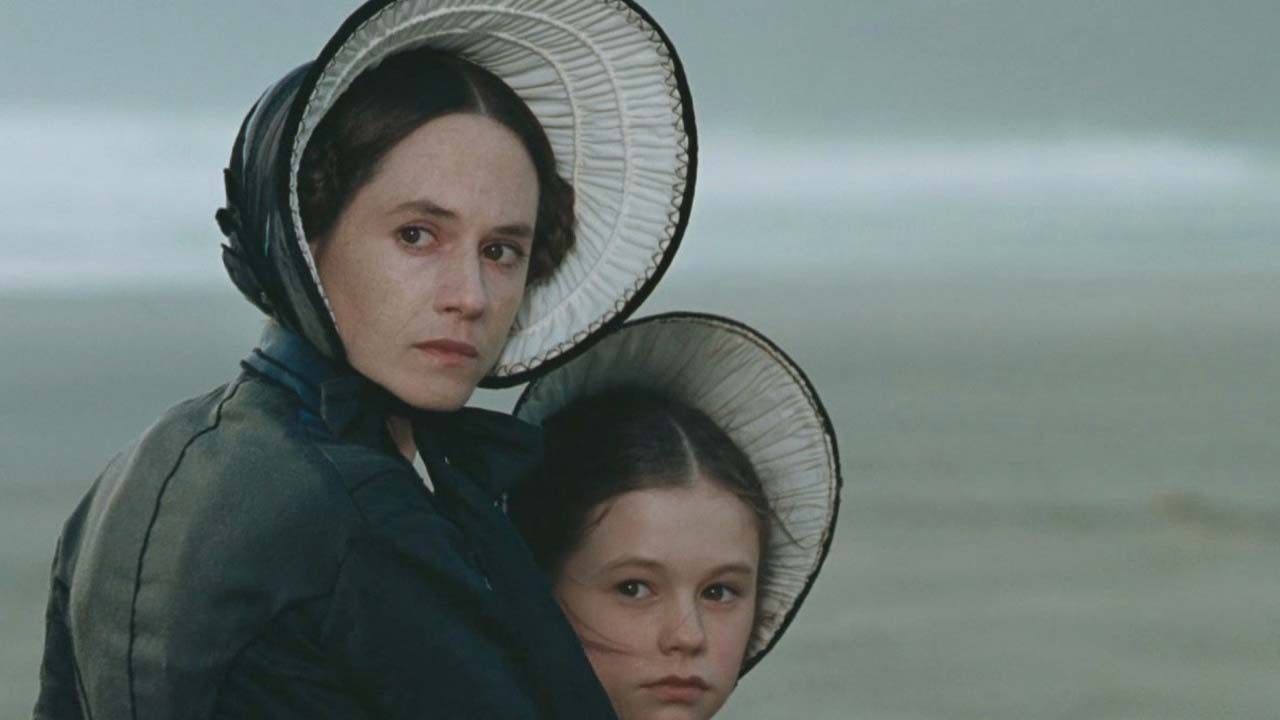
Jane Campion’s striking, enigmatic film made a global impact in 1993. Three decades on, Rachel Ashby reexamines the New Zealand cinema classic.
Blue-washed sodden bush, a woman collapsing into clinging mud, and the stark image of a lone piano on a black-sand beach. Thirty years ago Jane Campion’s enigmatic film The Piano (1993) launched a striking gothic vision of New Zealand cinema onto the international stage. Within Aotearoa, it was a standout example of a wave of uneasy onscreen depictions of pākehā (non-Māori) identity being explored at the turn of the 20th century. Revisiting the film three decades later, it provides a window into a complex, and often problematic moment for art that is engaged with stories of colonial New Zealand.
Set at an unspecified time towards the later end of the 1800s, The Piano tells the story of Ada (Holly Hunter), a Scottish woman sent across the oceans with her young daughter Flora (Anna Paquin) to an arranged marriage with colonist Stewart (Sam Neill). Ada is mute, although far from silent. Her prized possession is her grand piano; an exterior voice through which she presents her emotional world. Arriving stormswept on the New Zealand coastline, Ada entreats her new husband to have the Māori men working for him carry her piano back to their home. Stewart insists it cannot happen, and it’s not until he is persuaded to swap the piano for a coveted plot of land that Ada is reunited with her instrument.
The trade is made with Stewart’s neighbour George Baines (Harvey Keitel), a pākehā ex-whaler who is fluent in te reo Māori and wears a bastardised approximation of moko on his face. Ada is sent to Baines as his piano teacher, and he proposes to sell her instrument back to her one key at a time, in return for sexual favours.
The film seethes with tension and transaction. Framed as a complex romance set against the fractious backdrop of early colonial New Zealand, critics were awestruck by the force of emotion carried through the picture. The triple threat of Campion’s unnerving direction, Stuart Dryburgh’s saturated, cold cinematography, and Michael Nyman’s razor-taut score produced a film that left a lingering impression on the collective imagination. As film critic Roger Ebert observed in 1993, The Piano was as much a “whole universe of feeling” as it was a story of settler isolation.
Broadly, international critics seized on the gender of the film’s director, plus its starring cast, to position The Piano as a feminist film. Many were quick to praise the story as a critique of Victorian patriarchy; with Ada’s voluntary silence and experimental musicianship often interpreted as a reclamation of power in an otherwise male dominated world.
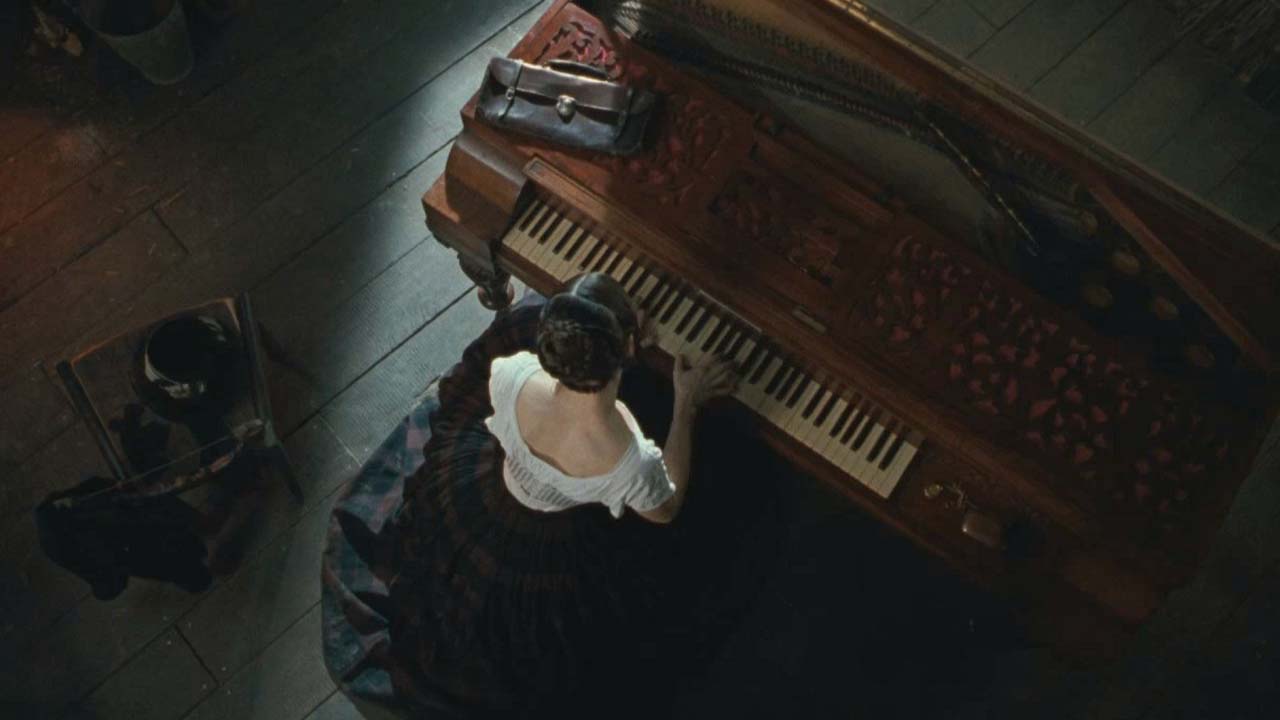
The great bell hooks was one of the lone contemporary dissidents against this reading, railing against the romanticised violence of Baines and Ada’s relationship in her 1994 essay Misogyny, Gangsta Rap and The Piano. She similarly argued that the film’s conclusion restores patriarchal order and undermines any feminist position that could be otherwise gleaned from the text. Personally, (and without wanting to spoil the film’s explosive final chapter) I think that from a 2023 perspective, there’s an open-ended discomfort to the way Ada’s story ends that resists this equanimity—however the glamorisation of coercion throughout the feature feels just as sticky as ever.
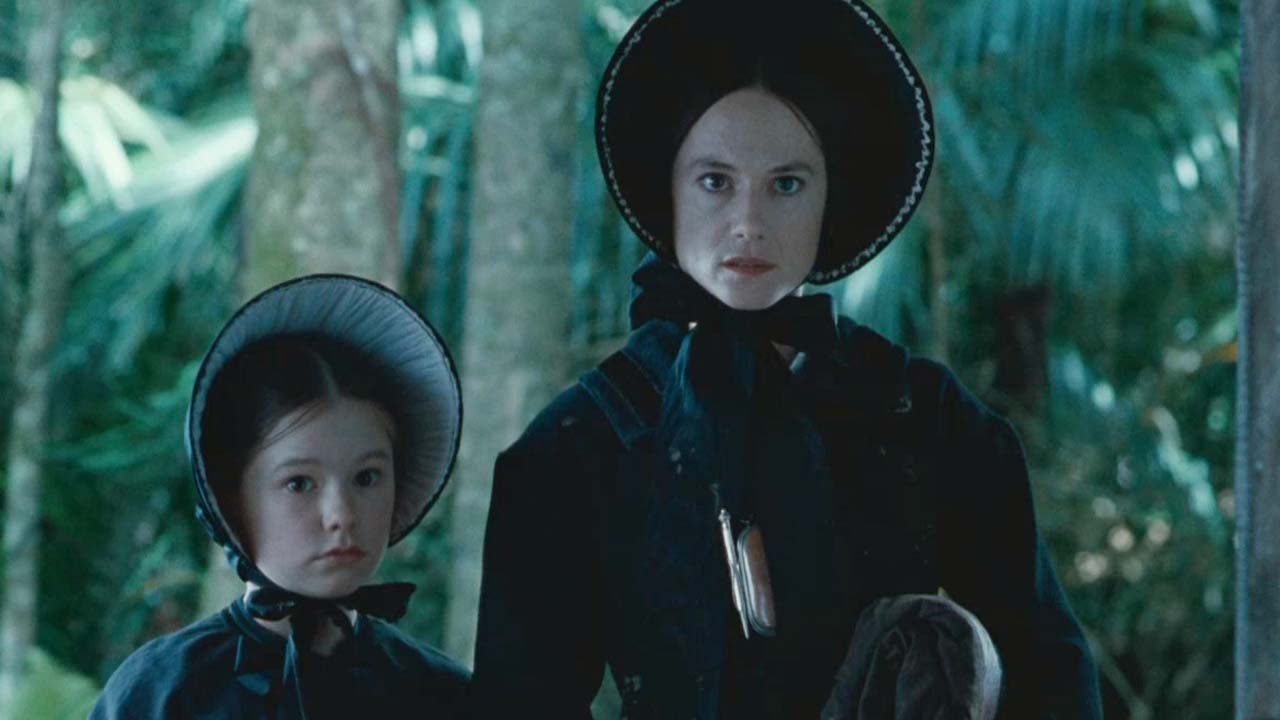
Campion herself was less interested in the political ideologies others might apply to her work. In a 1992 conversation with Interview magazine she said that while she related to the ‘purpose and point of feminism’ she disliked ‘club mentality of any kind’. Regardless, her gender became a major topic of conversation when The Piano scooped the Palme d’Or at the 1993 Festival de Cannes (alongside Chen Kaige’s Farewell My Concubine), cementing Campion in history as the first woman director to ever win the award. The following year at the Oscars, The Piano would also break records for New Zealand film. It received eight nominations and three wins: Best Original Screenplay for Campion, Best Actress for Holly Hunter, and Best Supporting Actress for the 11-year-old Anna Paquin.
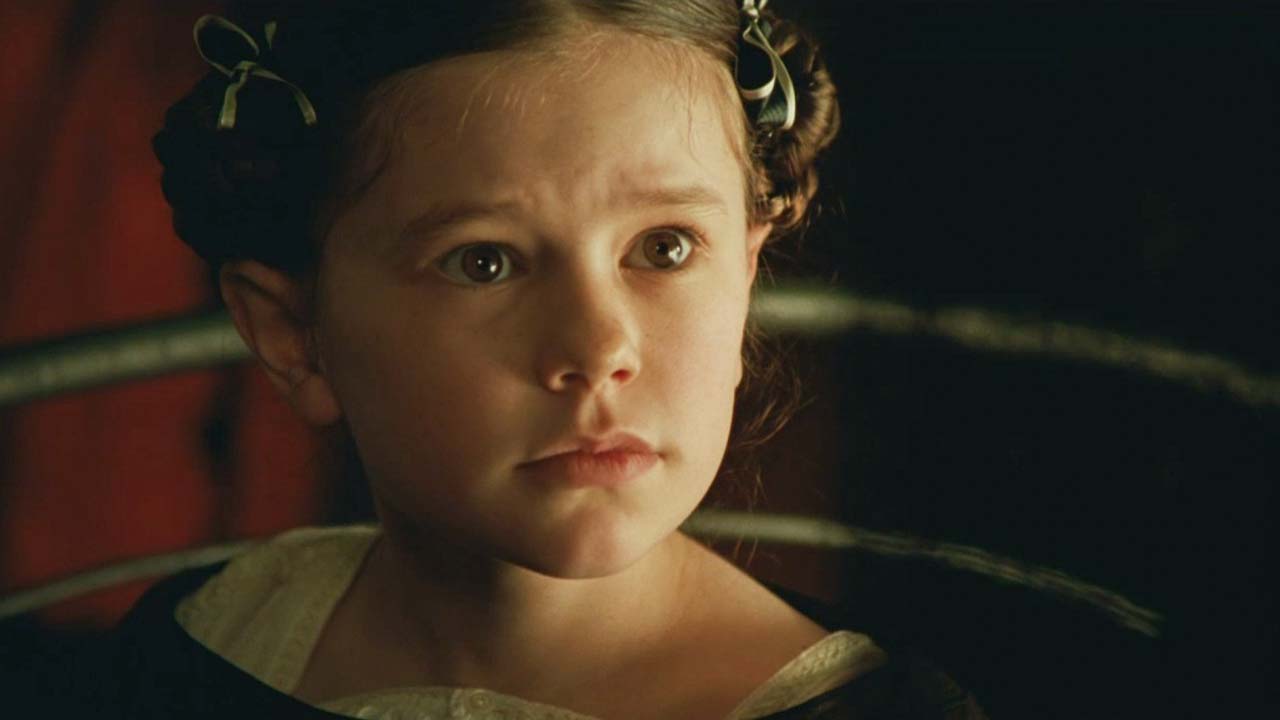
From a local perspective, this attention was big news for Aotearoa’s fledgling film industry, and reportage here discussed the positive impacts this could have on the sector. Never before had there been such an opportunity to showcase New Zealand stories and talent on an international stage. At the time of the 90s, much of film storytelling in Aotearoa was typified by what Sam Neill would go on to class in 1995 as a ‘cinema of unease’. These films explored violent, messy tales of isolation, madness and frontierdom—a particularly pākehā perspective borne of trying to position yourself on contested land. Watching the film in 2023, the dominance of a pākehā viewpoint is uncomfortably apparent.
The hooks essay was again, one of the few contemporary pieces of international criticism that drew attention to the film’s fraught representation of early colonial New Zealand. She argued that in The Piano, ‘the white invasion of New Zealand is utterly romanticised’ with the Māori experience relegated to the job of exotic scene-setting. Reflecting on his role in the film in a 2018 interview, legendary actor Cliff Curtis echoed this sentiment; “affectionately, I called us ‘the blackdrop’ because the real action played out ‘over there’ with the masters. We were just these naive, languid brown people carrying a piano and begging for tobacco. It was pretty weird”.
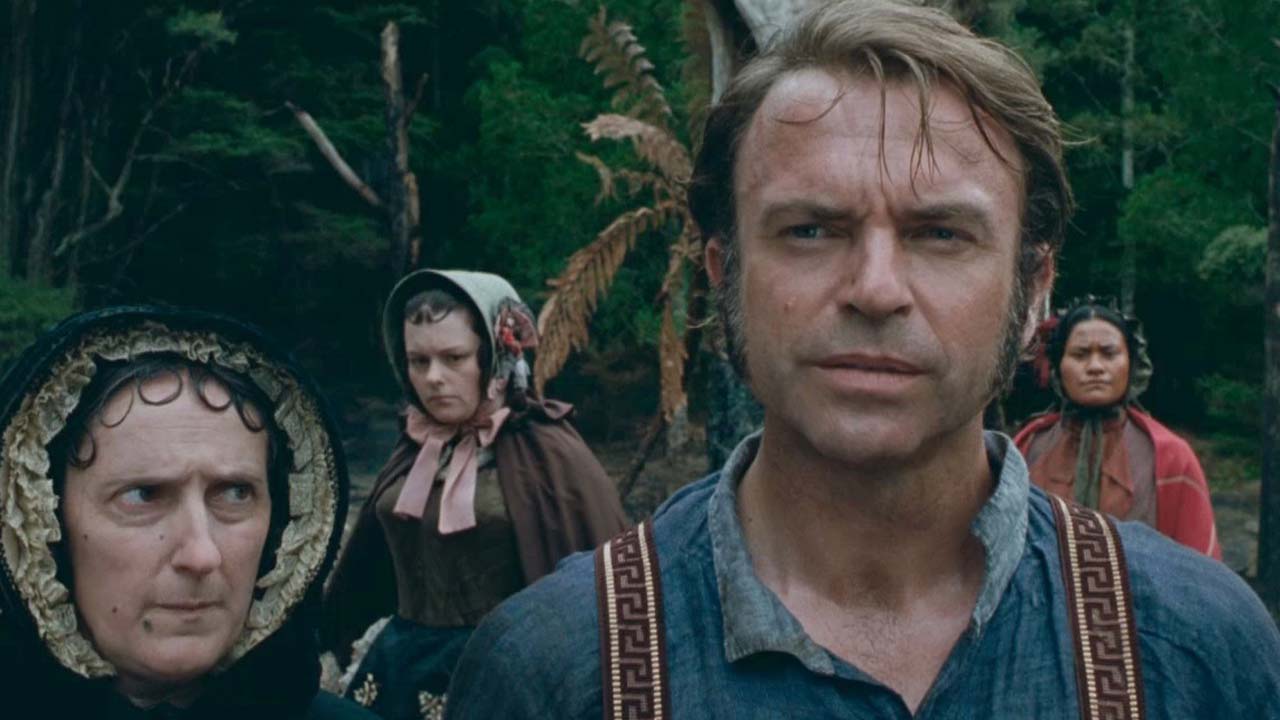
In 90s Aotearoa, Māori academics were also frustrated by the film’s glossing of colonial history. Leonie Pihama wrote in her 1994 essay Ebony and Ivory, that she was concerned by the lack of mainstream engagement with the ‘ongoing colonialism inherent within the film’ and the ‘happy darkie’ depiction of Māori onscreen.
For other Māori working on the project, The Piano presented a means to an end. Speaking to Marae journalists in 1993, the film’s Māori Advisor Waihoroi Shortland explained that he thought it was important for Māori to gain film experience through working on pākehā features so they could be in the best possible standing to tell their own stories. On depictions of Māori by pākehā media he conceded there was still a way to go in getting it done right, and that “the big job—the actual telling of Māori stories—is still something in the future for us to do”.
Given these complexities, watching The Piano in 2023 is an interesting experience. Still singular, strange and haunting—it feels hard to get past the way Māori are used as a storytelling device to reflect pākehā anxieties. Thirty years on and The Piano remains as fascinating and unsettling as ever.
